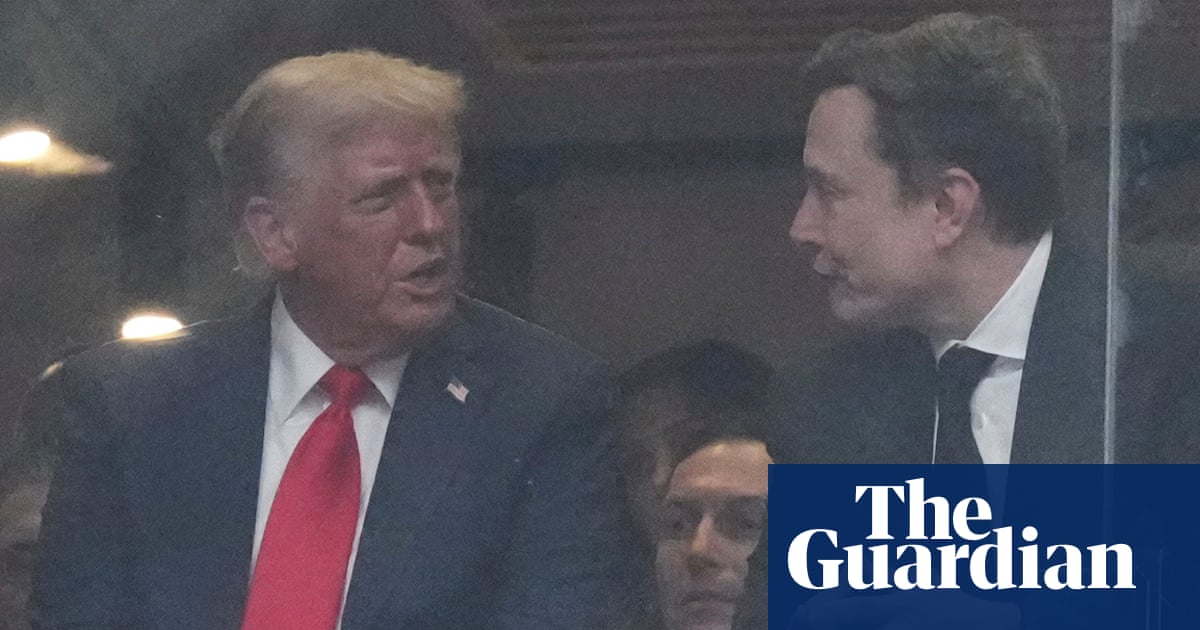The US supreme court on Monday let Donald Trump fire a Democratic member of the Federal Trade Commission, for now, while agreeing to hear arguments in the case in December, setting up a major test of presidential power over government agencies designed by Congress to be independent.
The court granted a justice department request to block a judge’s order that had shielded Rebecca Slaughter, who sued to challenge Trump’s action, from being dismissed from the consumer protection and antitrust agency before her term expires in 2029.
The supreme court said it will hear arguments in the case, which could lead to the justices overruling a landmark 90-year-old precedent upholding job protections put in place by Congress to give the heads of certain federal agencies a degree of independence from presidential control.
The court has a 6-3 conservative majority. Its three liberal justices dissented from Monday’s order letting Trump remove Slaughter for now.
John Roberts, the chief justice, on 8 September had paused an order from Loren AliKhan, a Washington-based US district judge – – a move that allowed Trump to keep Slaughter out of her post – to give the court more time to consider how to respond to the justice department’s request.
Federal law permits a president to remove FTC commissioners only for cause – such as inefficiency, neglect of duty or malfeasance in office – but not for policy differences. Similar protections cover officials at other independent agencies, including the National Labor Relations Board and Merit Systems Protection Board.
Slaughter was one of two Democratic commissioners who Trump moved to fire in March. The firings drew sharp criticism from Democratic senators and antimonopoly groups concerned that the move was designed to eliminate opposition within the agency to big corporations.
AliKhan in July blocked Trump’s firing of Slaughter, rejecting the Trump administration’s argument that the tenure protections unlawfully encroach on presidential power. The US court of appeals for the District of Columbia circuit on 2 September in a 2-1 decision kept the judge’s ruling in place.
The supreme court did not set a precise date for the arguments scheduled for December.
The lower courts ruled that the statutory protections shielding FTC members from being removed without cause conform with the US constitution in light of a 1935 supreme court precedent in a case called Humphrey’s Executor v United States. In that case, the court ruled that a president lacks unfettered power to remove FTC commissioners, faulting Franklin Roosevelt’s firing of an FTC commissioner for policy differences.
The Trump administration in its supreme court filing in Slaughter’s case argued that “the modern FTC exercises far more substantial powers than the 1935 FTC”, and thus its members can be fired at will by the president.
Lawyers for Slaughter in court papers pushed back against that contention, arguing that the FTC’s development over the decades is “a story of continuity, not transformation”.

 German (DE)
German (DE)  English (US)
English (US)  Spanish (ES)
Spanish (ES)  French (FR)
French (FR)  Hindi (IN)
Hindi (IN)  Italian (IT)
Italian (IT)  Russian (RU)
Russian (RU)  2 hours ago
2 hours ago
























Comments